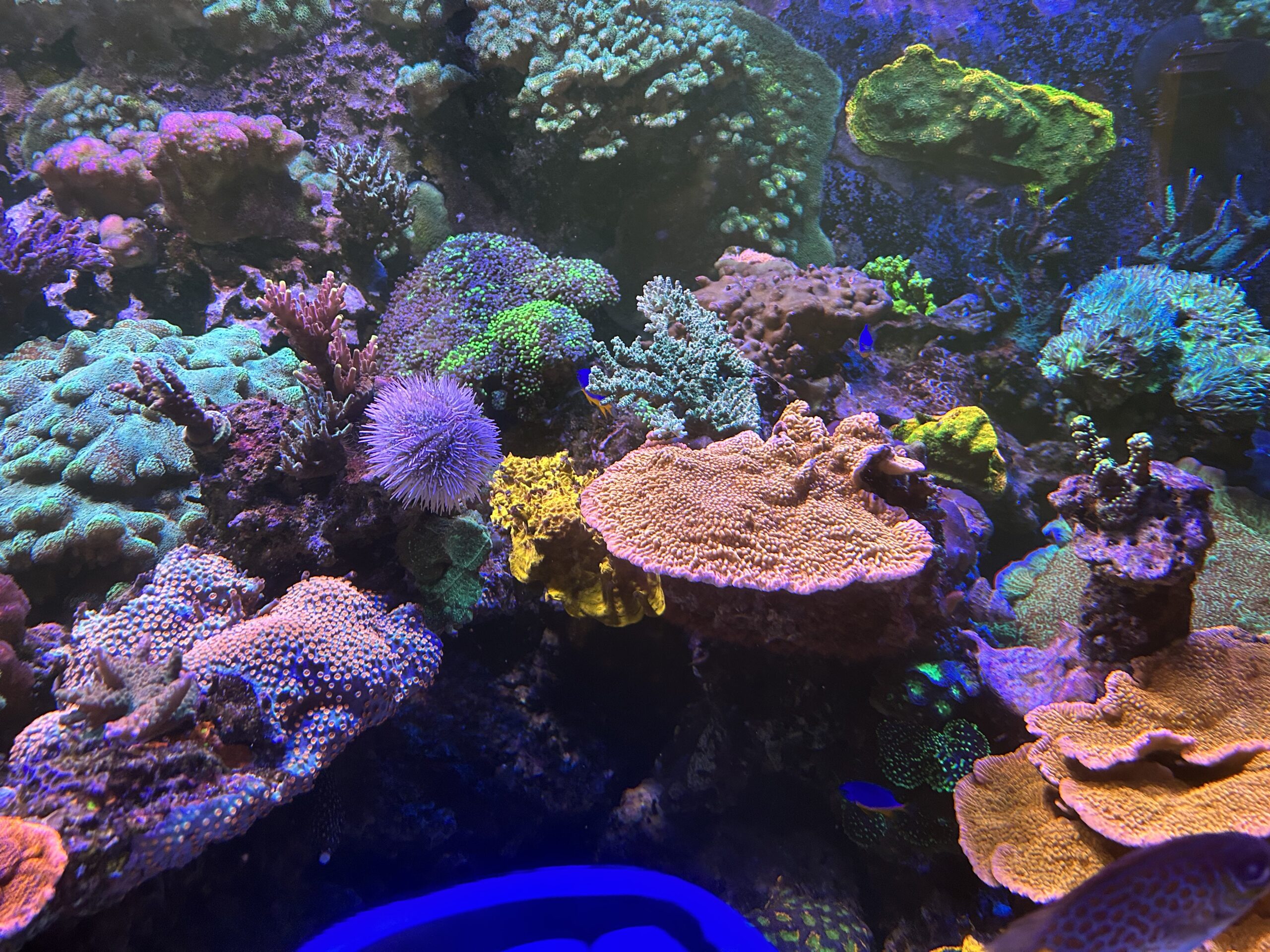As mentioned in my last article, water testing is one of the least fun aspects of the hobby. I have discussed water testing and ICP testing with a lot of other hobbyists and one of the interesting things I have learned from these talks, in addition to everyone hating doing testing is how much variance there can be on tests, and as Sanjay pointed out in his article even between ICP tests. There can even be a variance between ICP tests when the same water is sent to the same company.
Starting out
For someone just starting out who wants to use the best technology and optimize their tank right from the start what are they to do? In my opinion, when starting out, standard testing of the main parameters and getting them stable is the first priority and should take precedence over doing anything else. And this should not be accomplished when it has been done for weeks, but rather only after it has occurred for months, will next-level testing be as beneficial as it can be. Only after long-term stability has been accomplished should ICP testing be added to the testing regimen.
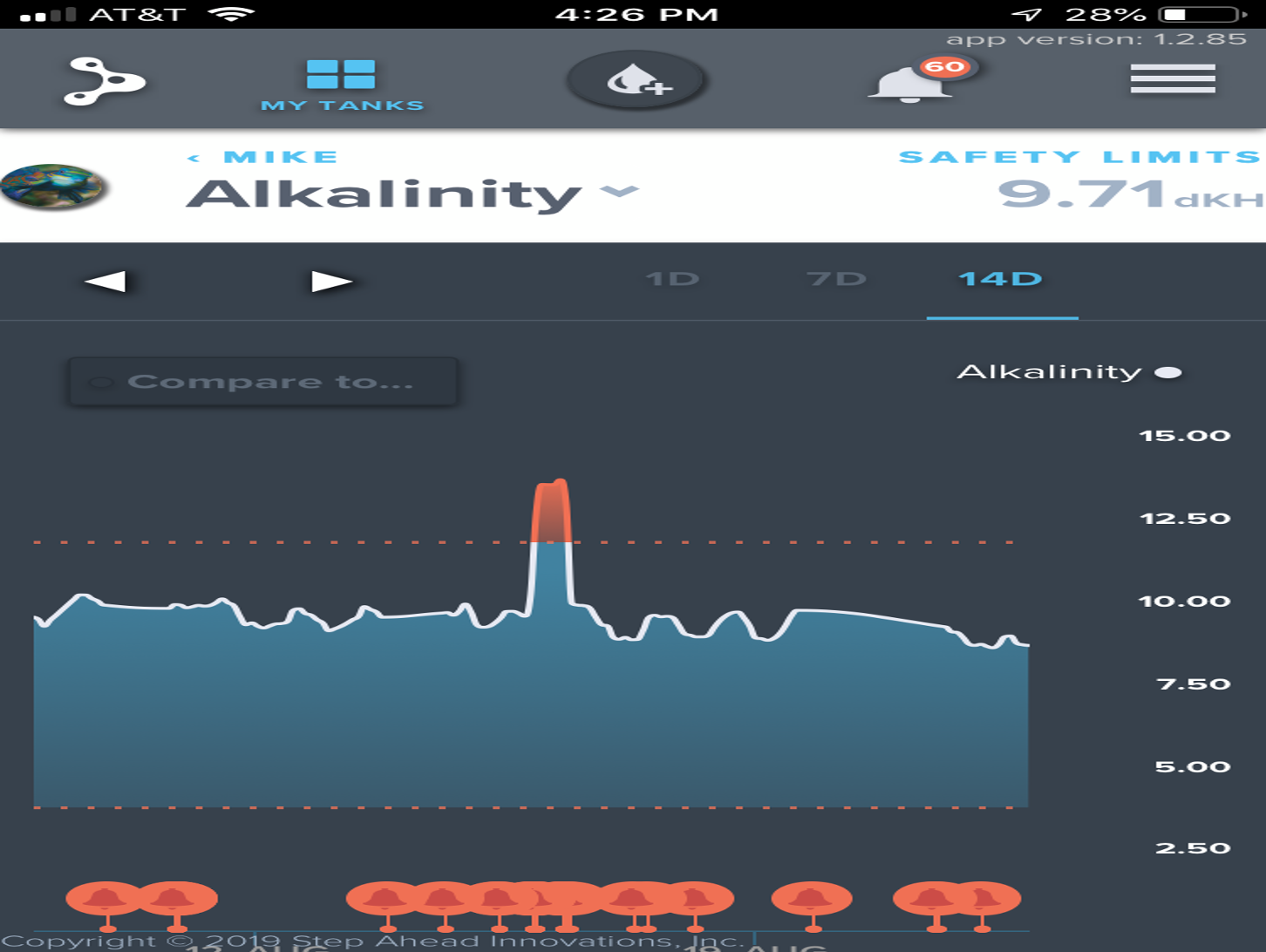
So what exactly is ICP testing and why should it be added to the testing regimen at some point, especially when someone is starting out? To explain it as simply as possible, ICP testing (Inductively Coupled Plasma) Spectroscopy is an analytical technique whereby a sample, in our case a dose of salt water, is fed into a high-temperature chamber where the liquid is super-heated which converts the liquid into ions which can be measured with a mass spectrometer.
This type of ICP testing is ICP-MS. There is also ICP-OES and this uses an optical spectrometer to measure the elements as they pass through the plasma. These types of analysis are similar in that they both provide fast analysis of multiple elements from a single sample. But ICP-MS may be better in that it not only measures the elements directly, but it also provides lower detection limits than ICP-OES so it may be a better choice for trace element analysis in seawater. In addition to the apparatus itself and how it works, a couple of other factors come into play when an ICP company provides information about a sample.
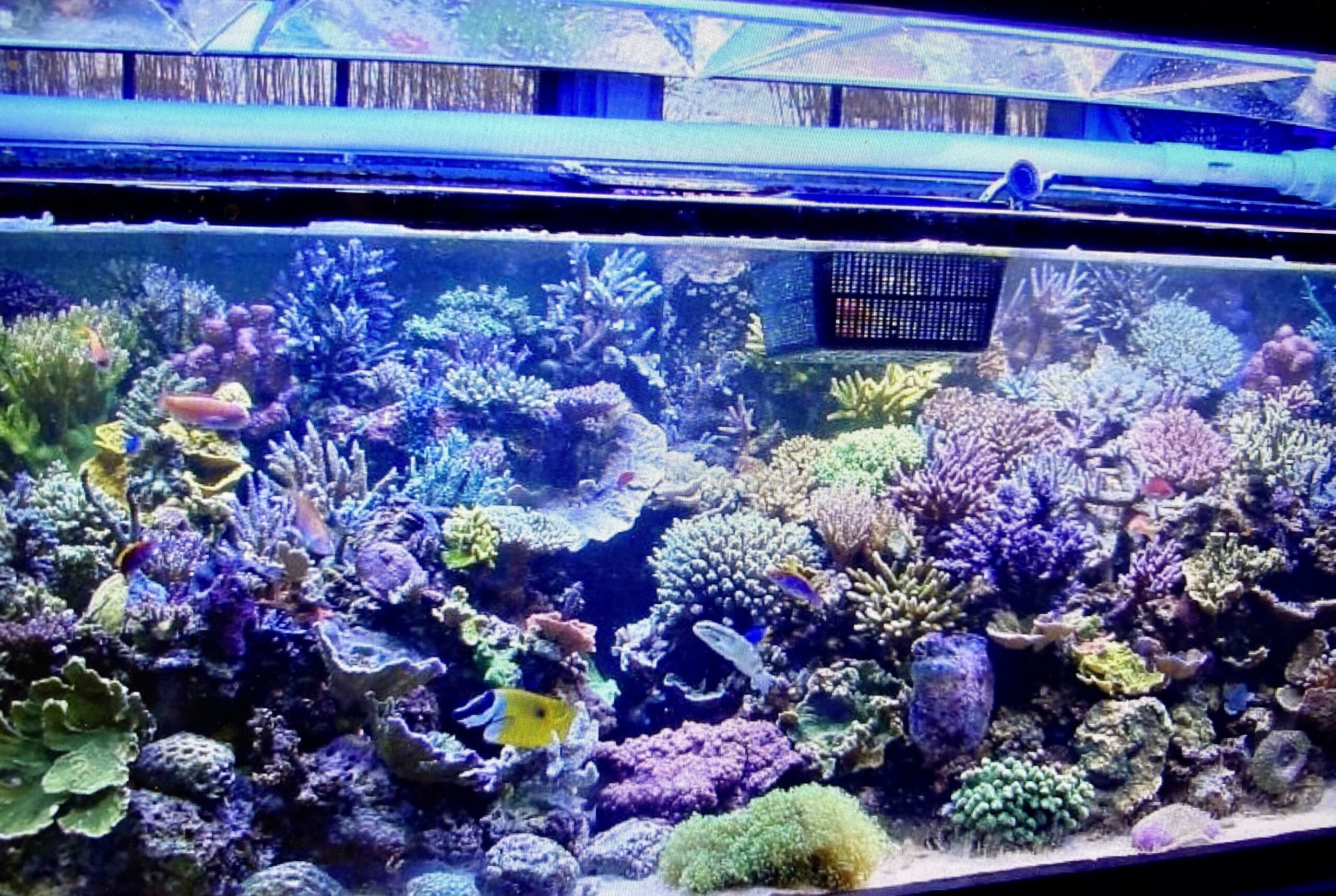
Calibration
First, the machine itself needs to be calibrated often, and what it is calibrated with can have implications for the result. It can be calibrated to freshwater, saltwater, ocean water, or water from a reef tank. Each of these can produce at least small variations in the analysis. In addition, the interpretation of some elements requires that the raw data go through an algorithm to produce a specific number. Once again there are some variations in the algorithms used.
Lastly, there are ranges in the error bars of some elements that can be substantial and unfortunately, most ICP testing facilities do not provide these error bars. The size of these bars can affect the interpretation of the values in that for some elements that are in the part per million or part per billion range if the error bar is too large, then interpreting whether a value is significant or not or even in the desired range is impossible.
Having said all that, in my opinion, there is still a place in the hobby for ICP testing, but a somewhat limited one for someone just getting started. After discussing its place when talking with numerous hobbyist friends, it became clear that for many of us, ICP testing is mainly utilized when there is an unexplained problem in a tank. And up until recently, this was primarily how I looked at using ICP testing as well. Despite being available for the last decade, for many hobbyists, these tests have been viewed as either non-essential, esoteric, non-actionable, or too expensive and as a result probably have not been used as much as they should have been.
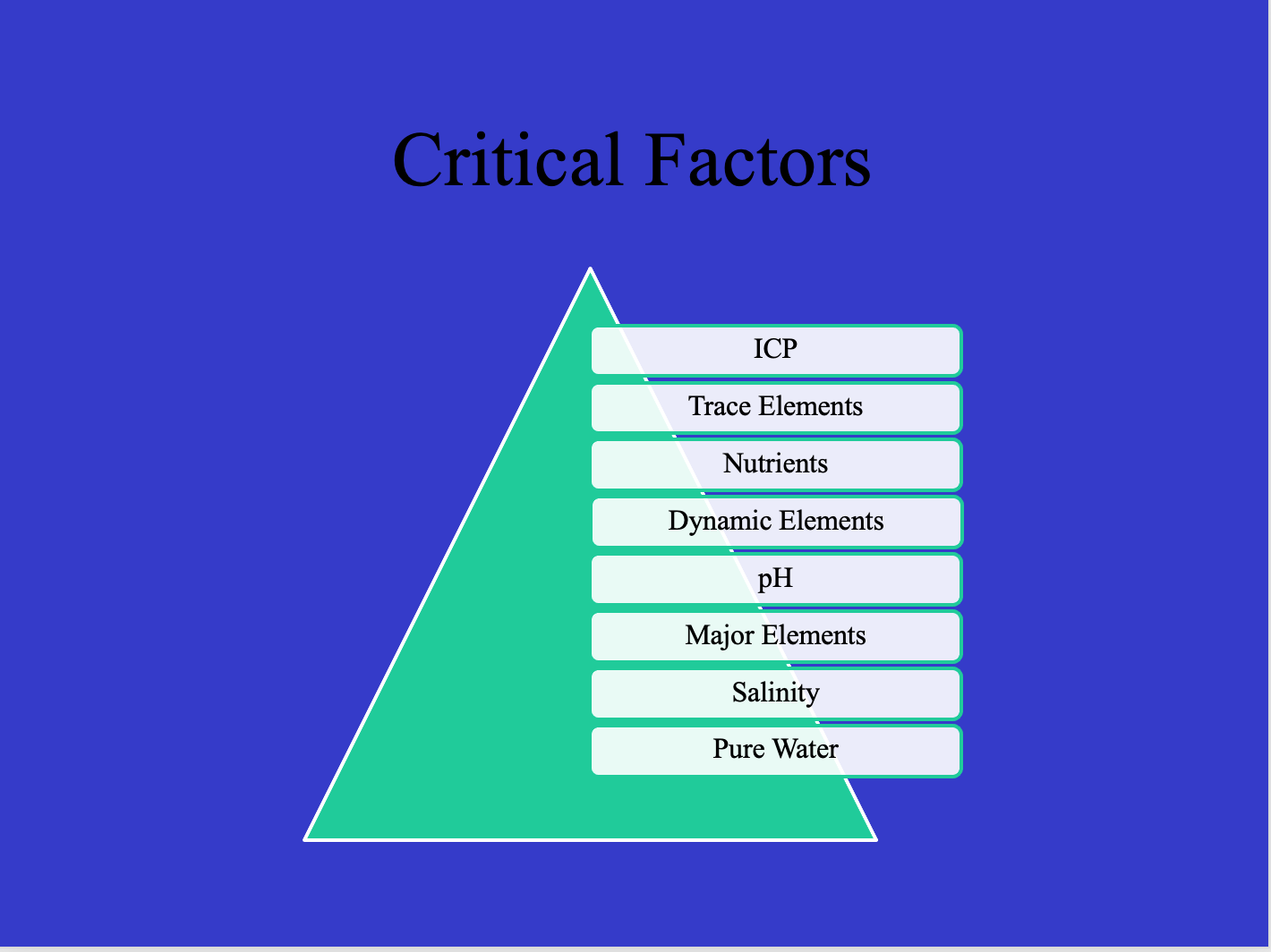
Polo Reef
I probably would have still been using this testing this way as well had I not had the opportunity to visit Andrew Sandler at PoloReef, see his amazing 17,000-gallon home aquarium and discuss his husbandry techniques. During my visits, I learned that Andrew does three of these tests from different companies weekly, even though his tank is stable and the corals and fish are healthy and thriving. When I asked why he did this his response was so that he could spot negative trends before they happen by establishing a baseline for when things are good.
Looking back this actually makes sense compared to just using a test when things get bad. His goal is to not only keep track of the trace element and nutrient levels, but also to keep them stable as because of the bioload of his tank, despite its size, things can still change quickly. This is far different from a new tank, where most parameters are in flux for usually the first six months to a year, so ICP testing would not be as beneficial.
He also found that without having a baseline from when the tank is doing well, it is difficult to adjust things back to this optimal level if it is only tested when there are problems. While each company provides ranges indicating where they believe the level of each element is optimal, as we all know each tank is different, so the values may vary somewhat from these ranges for each individual tank. By establishing a baseline for a given tank when the tank is in optimal condition, may provide better numbers for where a tank should be within these specific ranges.
After speaking with him as well as several of the owners of the ICP companies, I am now following this philosophy. I also found that despite their differences they all agree on at least a couple of things. First, it is extremely difficult to have every single one of the trace elements be at the exact desired number. Due to their extremely low concentrations, they all tend to fluctuate a bit, so at best the values in an individual tank will be close but will rarely be precisely at the precisely desired number. When a value for an element is off, it should only gradually be adjusted to get it to the optimal number over days or weeks, not overnight.
From what I have learned, and after running an ICP test once a month for six months, I now believe that I have a good baseline from which to work and have even seen when an element is too high or too low what the effects are. At least I think there is a close relationship. In the discussion of ICP testing that Dr. Joshi ran and after doing a similar test of my own, using tests from five manufacturers I saw similar results.
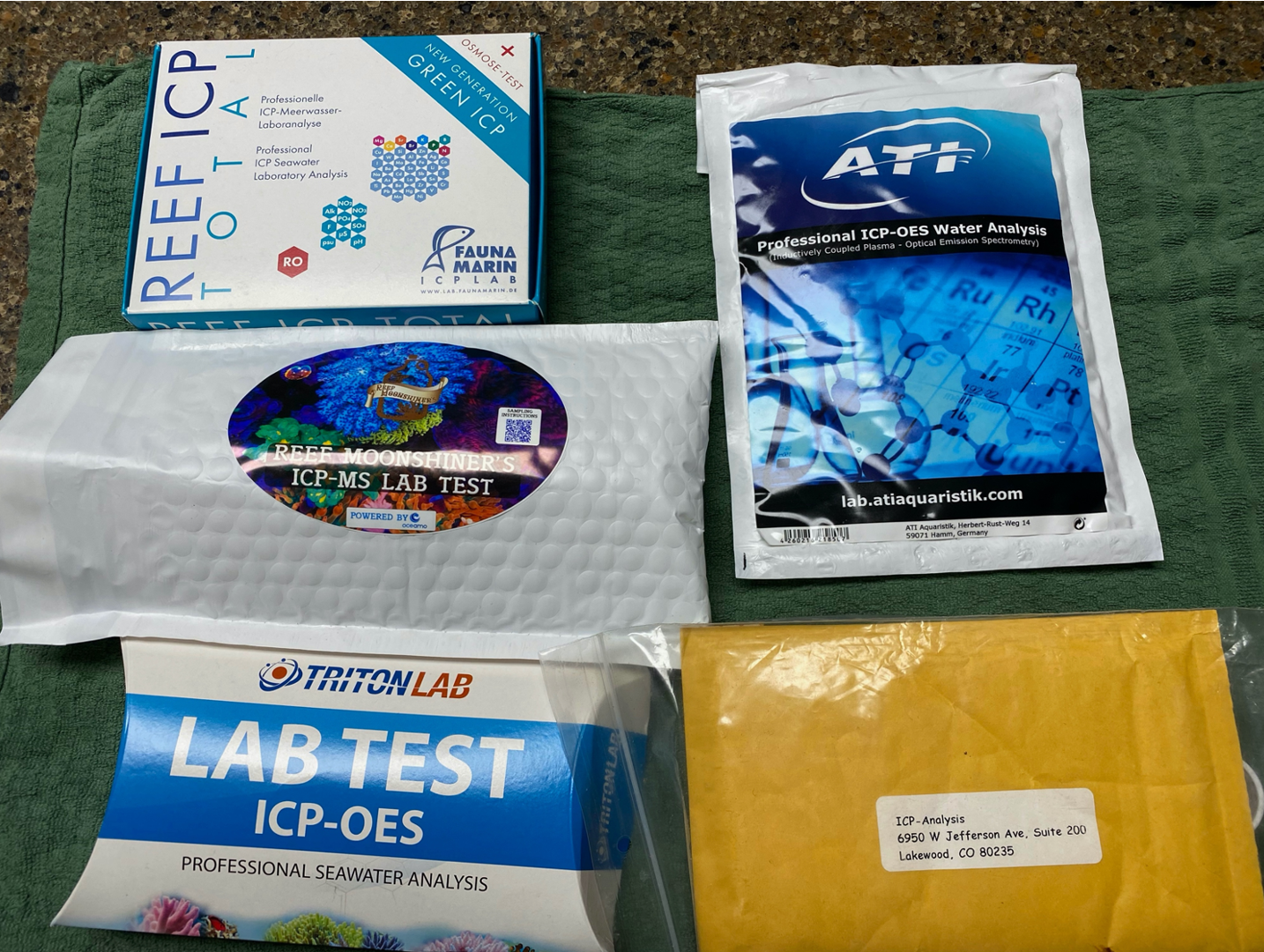
Two asked that the tank water be run through a filter so that any biological material would be removed so as to not compromise the sample through biological activity during transport. Three gave results from not only the tank water but also tested the RO/DI water being used and all gave email alerts when the sample was ready.
While there are minor differences in the aspect of the testing, to me at least they were not significant. However, when it came to the actual results of the water being tested, the reports that could be done with the information provided produced some differences. I should point out that I am not going to report on any individual company because my sample size is only a single test of each, and I do not think it would be fair to criticize or come to a conclusion based on a single test, but rather I hope that what I found will be used by these companies to make their product better.
Baseline measurements
For a baseline, I took measurements of the main parameters of my tank such as salinity, alkalinity, calcium, magnesium, phosphate, nitrate, pH, strontium, and potassium for comparison when I sent in these samples. Needless to say there were significant, at least to me, differences in the results between these tests and my own tests. To start with only three of the tests agreed with the salinity of 35, which I measured on the tank with two different calibrated salinity monitors and a glass Hydrometer.
While this may not seem important, it is as ICP tests for the hobby base their results on the tank being tested being at 35. When the tank water being tested is not at 35, the levels of the elements being measured are off, and for minor trace elements, the levels reported can be significantly off. As far as I could tell, only one of these companies compensates and shows what the levels of elements are after compensating for the tank not being at optimal salinity.
Next in terms of the major elements, only two of the five showed values close to what my home test results showed. While none of them were that far off, none of them matched exactly, with some showing higher levels in their tests and some lower, so there was not as much consistency. This also shows how inconsistent home tests are as well. Interestingly, the two that were actually closest in value between the ICP tests and home tests were strontium and potassium, which I actually do not test for very often. Lastly, the results for the nutrients, phosphate, and nitrate, were the most consistent across the ICP tests and the test results agreed closely with my own test results.
While getting all of these major test results were useful and informative, the real reason for doing ICP tests is to get a true level of the minor trace elements that we cannot test for with home tests. There was both consistency and inconsistency in the trace element levels across these companies. In terms of consistency, three of the companies showed levels that were relatively close to one another on the majority of the trace elements. Some tests measured more elements than others and all of them had a different list of elements that they measured from one another.
Unfortunately, two of the companies consistently showed no levels for many of the trace elements that the other companies reported. This was disappointing because as I said, the main reason for using these tests is to measure the trace element levels.
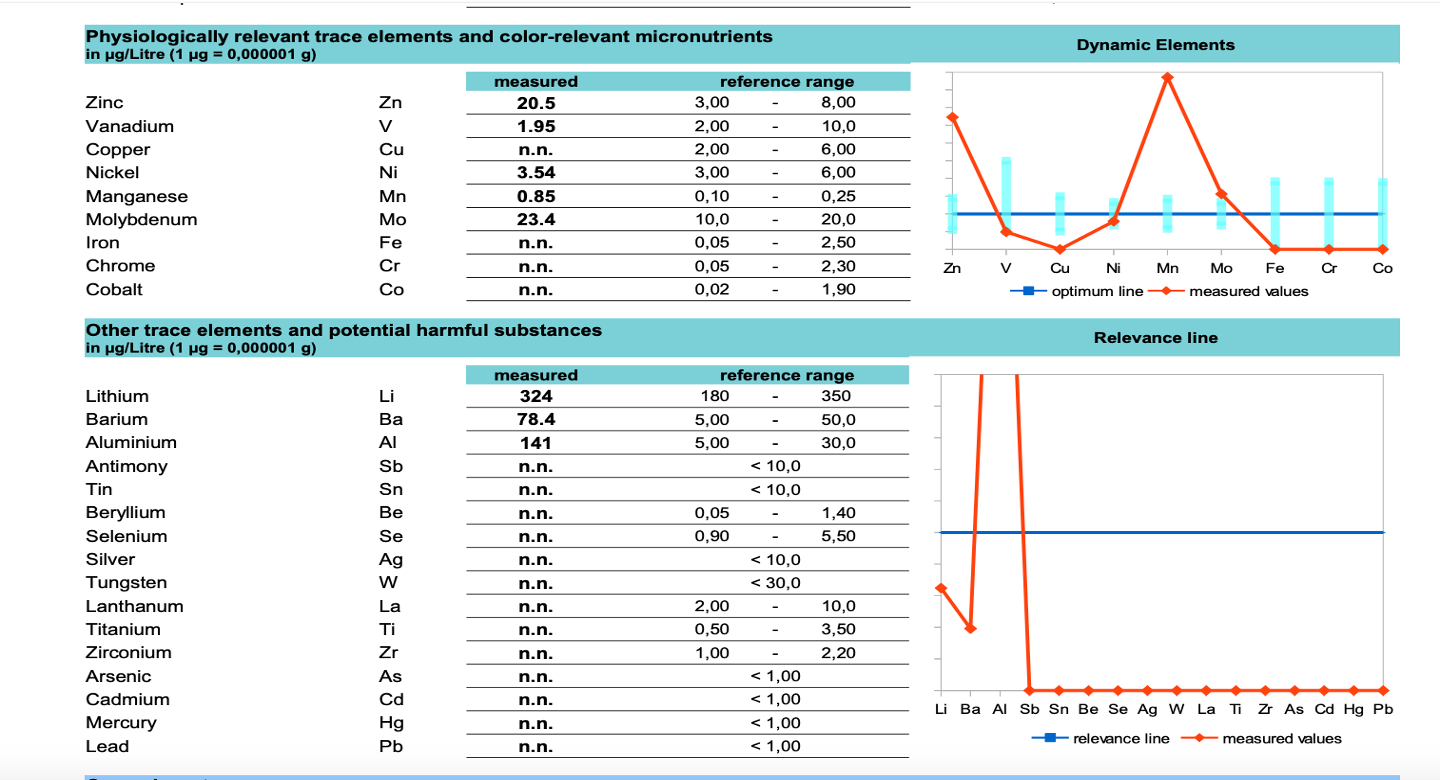
Due to the above-described results as well as the instability of a newly set up tank, it is my opinion that while ICP testing can provide some information about a new tank, the owner would be better served by waiting until a tank was stable to begin using it consistently. I do think ICP testing has a place in the hobby and right now it may exceed its usefulness as there is still an inadequate amount of information about what each element does or even how they interact with other elements to make it as useful as it could be.
Hopefully over time as this knowledge increases and ICP testing becomes more precise and consistent, ICP testing will produce even more benefits to the hobby.


